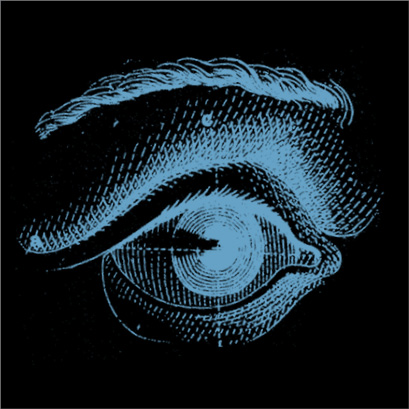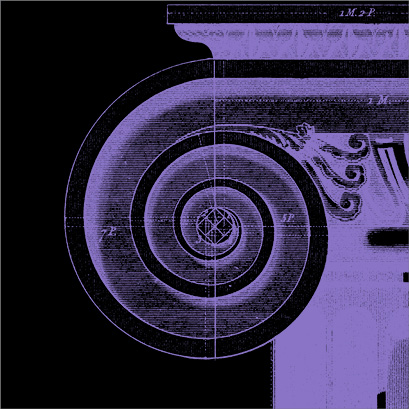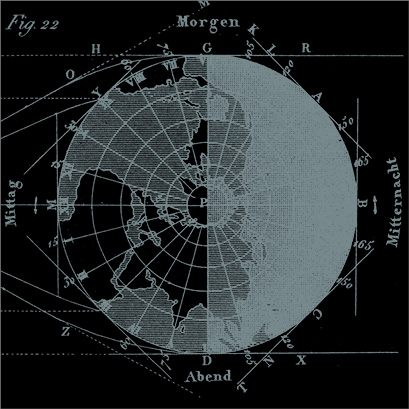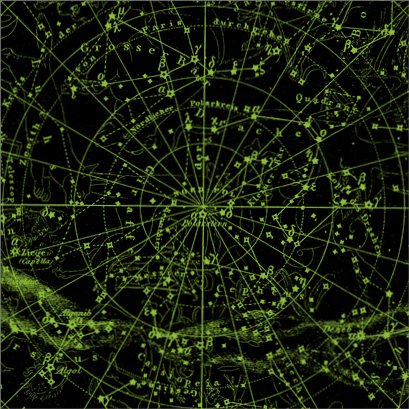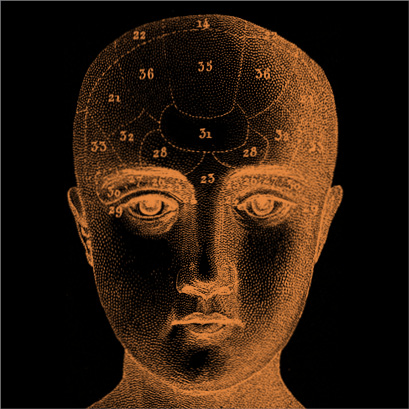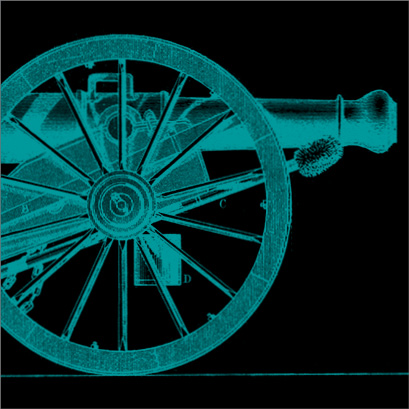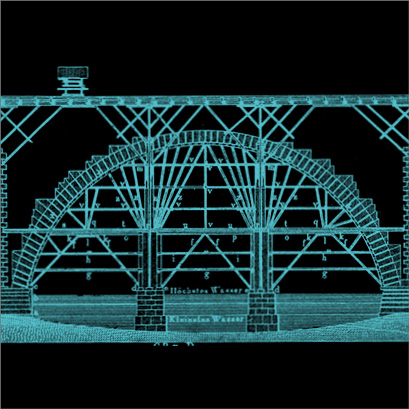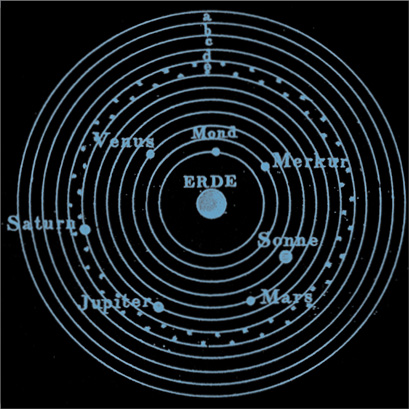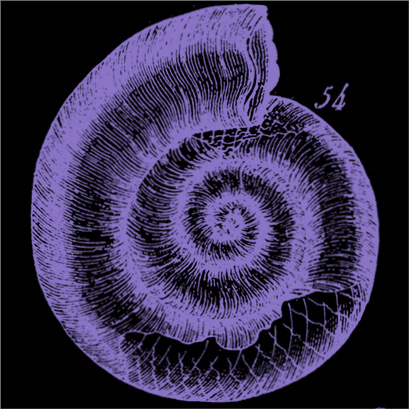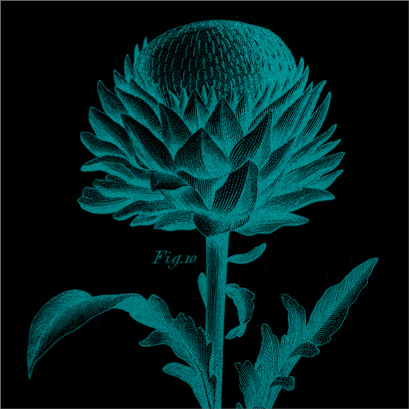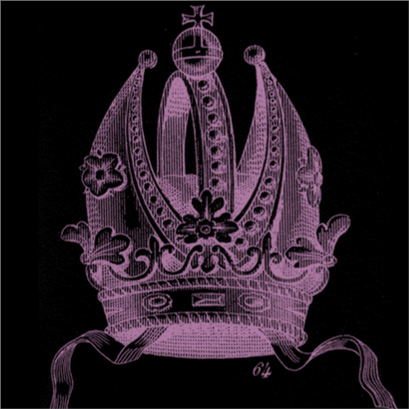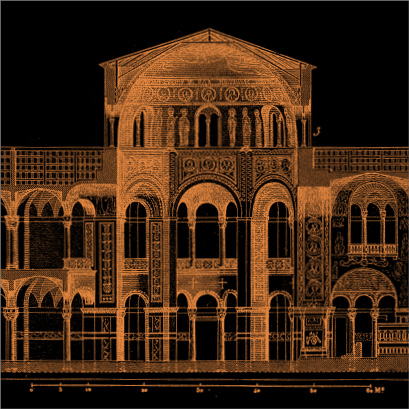Vision Series 10: The Machines
THE VISION SERIES![]() A GBD MICROSITE
A GBD MICROSITE

“Man has made many machines, complex and cunning, but which of them indeed rivals the workings of his heart?”
Pablo Casals
![]()
FACTS ABOUT VISION: You Only See 1/6th of Your Eye
All of the facts about eyes on this list are interesting. But this might be the most surprising. While each persons’ eyes may seem like they are a slightly different size, all eyes are around an inch across and weigh about 0.25 ounces. If that seems pretty large, that’s because you only see around 1/6th of your eye. [A]
![]()
BOOKS ABOUT EYES: “The Eye, the Hand, the Mind: 100 Years of the College Art Association”
Edited by Susan Ball, Rutgers University Press, 2011
In 1911 the College Art Association began with a small group of college art teachers whose single mission was to promote “art interests in all divisions of American colleges and universities.” Now, one hundred years later the CAA, as it is commonly known, is as diverse as the decades that witnessed its maturity and growth. Leadership and membership grew dynamically, and art and art history professors were joined by non-academic visual artists and art historians-museum professionals, art librarians, visual resource curators, independent scholars and artists, collectors, dealers, conservators, and non-college educators. The organization’s goals and interests became more complex, addressing multiple concerns affecting all individuals working in the visual arts. From one single goal, the purposes of the CAA expanded to sixteen. The Eye, the Hand, the Mind is a collaborative journey, filled with pictorial mementoes and enlivening stories and anecdotes. Its pages unfold along a path-an architectural framework-that connects the organization’s sixteen goals and tells its rich, sometimes controversial, story. Readers will discover the important role the CAA played in major issues in higher education such as curriculum development, preservation of world monuments, workforce issues and market equity, intellectual property and free speech, capturing conflicts and reconciliations inherent among artists and art historians, pedagogical approaches and critical interpretations/interventions as played out in association publications, annual conferences, advocacy efforts, and governance. [B]
[A] The facts above are from the Magruder Eye Institute.
[B] The books noted are from a list by BiblioVault.

